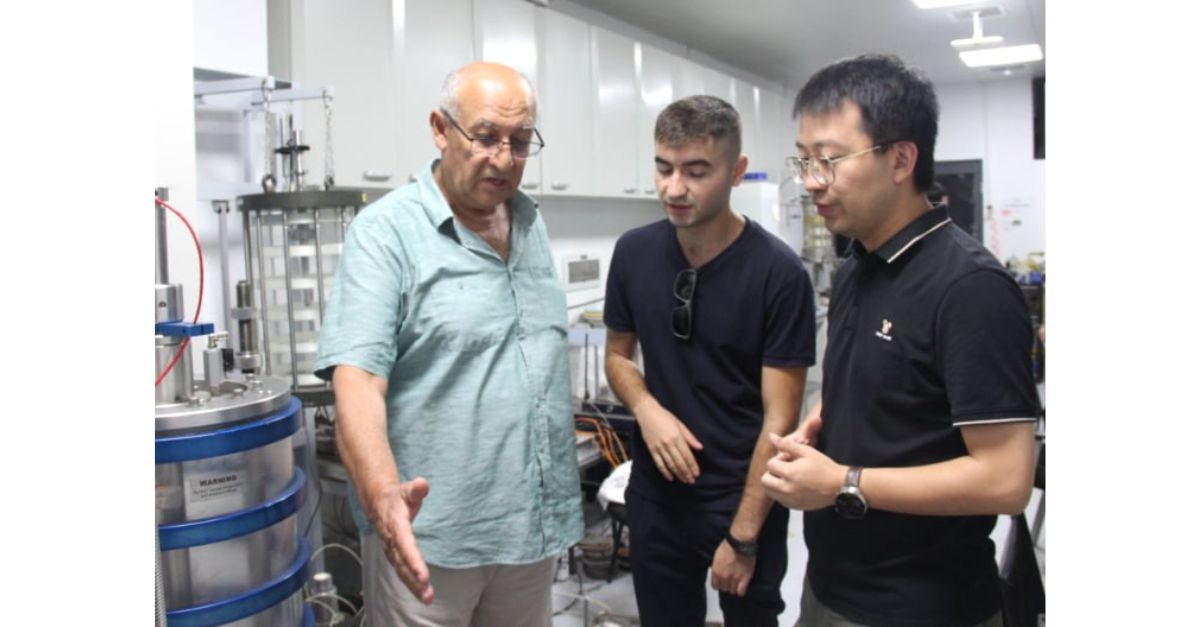PRACTICAL STEPS IN SCIENTIFIC COOPERATION

A delegation of scientists and students headed by Professor Askar Khasanov of Samarkand State University visited Hunan National University of China. The Samarkand residents were met by the Head of the Department of Civil Engineering of Hunan National University, Professor Han Lin Wang. He accompanied them on their first familiarization tour of the university.
Hunan University is one of the oldest educational institutions, founded in 976. Currently, Hunan University is included in the list of 100 best universities in the world. International cooperation has been established with more than 160 scientific institutions from different countries. The university has 31 colleges and schools. More than 39 thousand students study here.
After that, the negotiations moved to the practical stage. Joint grants, their goals, implementation of tasks and development prospects were discussed at the meeting. Particular attention was paid to other areas of cooperation. During the visit, a delegation of scientists and students from Samarkand made a presentation on the planned work, expected results and long-term plans. The visual presentation aroused great interest among the participants of the event and led to lively discussions. It was noted that the cooperation would be effective due to the common goals. On July 19, a scientific seminar was organized at the college, where Professor Askar Khasanov made reports on two current scientific topics.
After the negotiations, a practical acquaintance with the laboratories of Hunan University and civil engineering facilities took place. The existing modern laboratories, their equipment and the features of the educational process were studied. An exchange of views on the methods of conducting laboratory and field research, as well as technical factors, took place.
As part of this visit, a ceremonial opening of joint research cooperation between Samarkand State University and Hunan National University took place. At the event, the tasks and responsibilities, areas of activity and the scale of work for each of the project participants were clearly defined.

